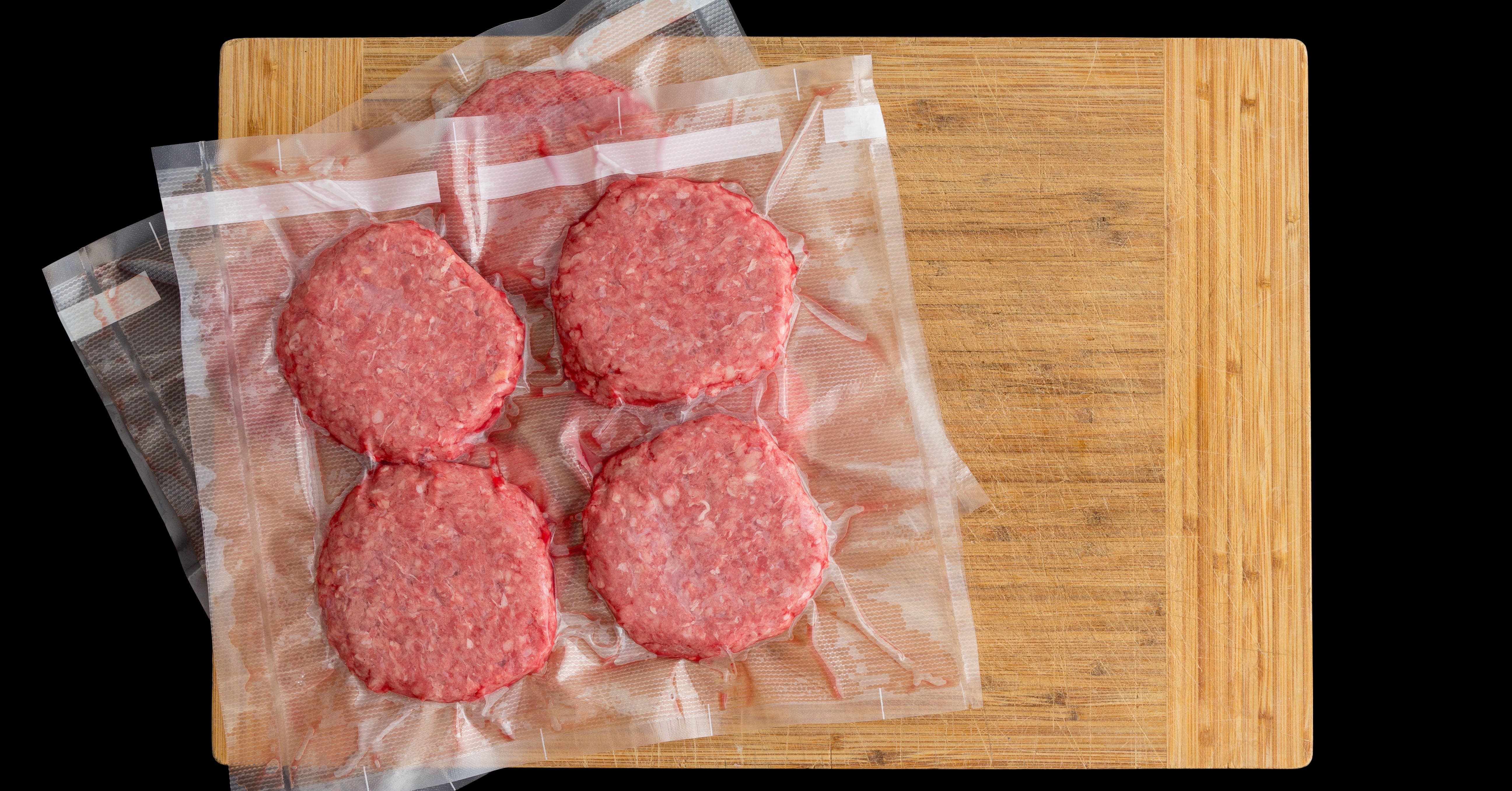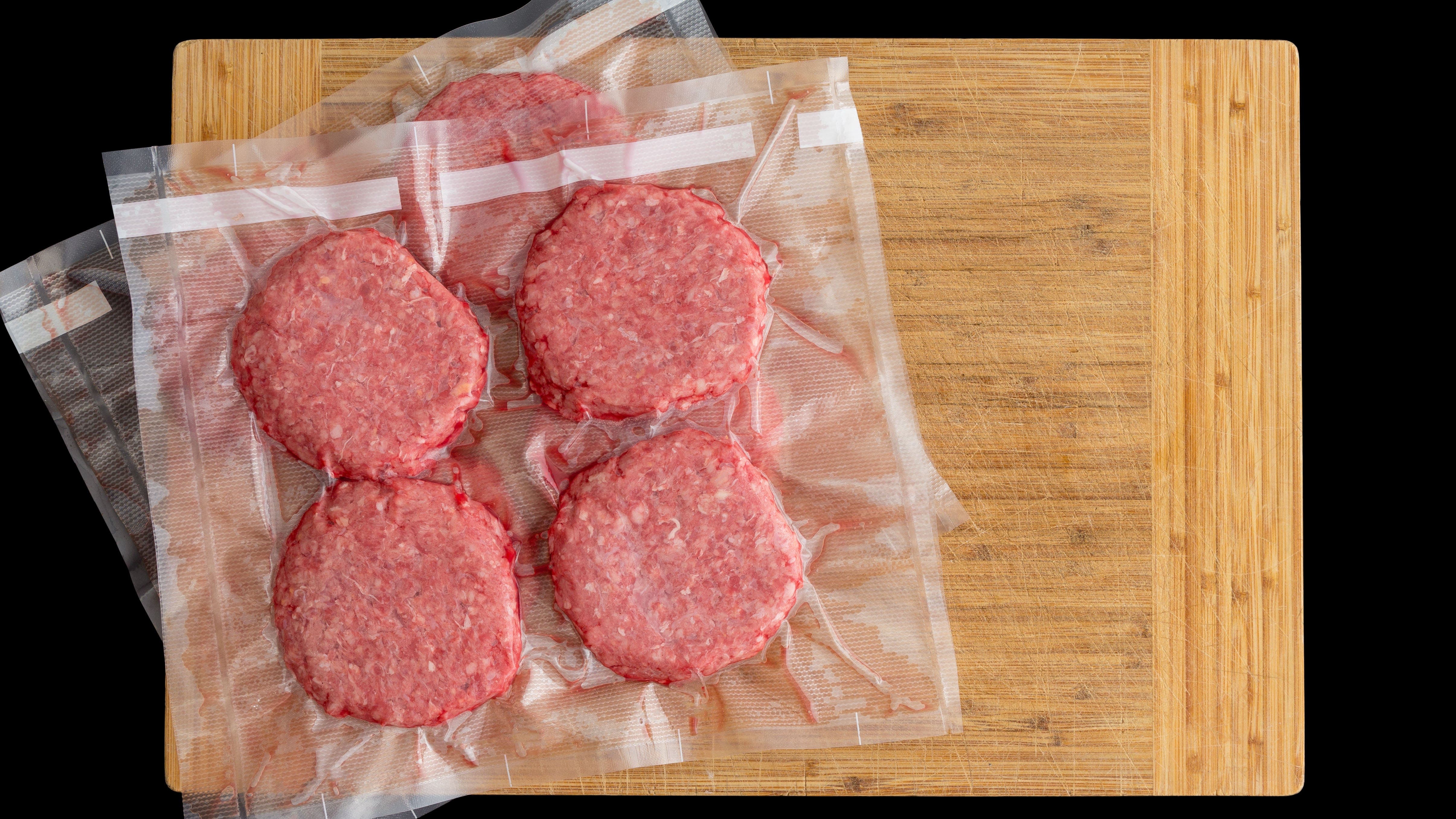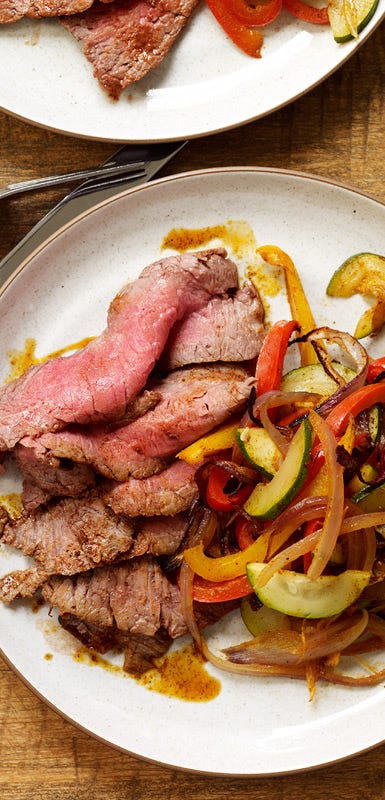The ultimate guide to freezing and portioning meat


Buying meat to portion out and freeze is both comforting and economical. There’s always an easy meal within reach when you have a freezer full of ready-to-defrost, pre-portioned packages of meat. If you’ve ever wondered how to get started, this comprehensive guide has got you covered. From food safety to prepping tips, here’s everything you need to know about creating a stress-free system for stocking your freezer with all your favourites.
Keep it fresh
When it comes to selecting meat to freeze at home, always buy the freshest meat possible. If you’re shopping in a grocery store or market, pick up the meat from the butcher counter or case right before you plan on leaving the store. Be ready to prepare the meat for the freezer as soon as you get home from the grocery store. Meat that has been stored in the fridge for longer than 12 hours and then frozen is more likely to cause food poisoning.
Begin (and end) with a sanitized surface
Before handling the meat, wash your hands with soap and warm water for 20 seconds. Sanitize the work area with a commercial kitchen sanitizer or make a homemade solution by adding 5 ml of bleach to 750 ml of water. Let the sanitizer sit for 1-2 minutes before rinsing with water. Repeat this step after the meat has been stored in the freezer and the area is cleaned up.
Get rid of the original packaging
Resist the urge to freeze meat in its original packaging. It takes extra time to prepare meat for the freezer in a food safe manner, but when it comes to your own health and that of your family’s, it’s well-worth the extra effort. Instead, wrap meat in two layers of plastic wrap and then place in a resealable freezer bag for storage, squeezing out as much air as possible before sealing to prevent freezer burn.
Refuse to rinse
There is a common misconception that meat should be rinsed after taking it out of the package. In actual fact, this step could lead to bacteria on the meat being splashed to other foods, work surfaces, clothes, etc.
Efficiently arrange before freezing
Separate hamburgers and ground meat into patties or individual servings before wrapping in plastic wrap. Arrange steaks, chicken breasts, pork chops and other similarly-shaped meat products in a single, flat layer before wrapping them up in a plastic. This helps to ensure even freezing and defrosting, while also leaving more space in your freezer.
Label and organize everything
After all your efforts, it’s important to keep your meat-stocked freezer organized! Label every package with the contents of the bag, the date it was frozen and cooking instructions (if relevant.) Have lots of freezer space? Use small bins to store frozen items by type of meat.
Follow the suggested timelines
Freezing times for packaged meat products are partially calculated to help retain the original quality and taste of the meat.
- Beef: 10-12 months
- Pork, lamb, veal: 8-12 months
- Ground meat: 2-3 months
- Chicken, turkey (whole): 1 year
- Chicken, turkey (pieces): 6 months
- Cooked ham: 2-3 months
- Bacon: 1 month
- Raw sausage, pre-cooked sausage: 1-2 months
- Lean fish (cod, halibut, etc.): 6 months
- Fatty fish (salmon, trout, etc.): 2 months
- Shellfish: 2-4 months
Bundle meat by number of family members or by recipes
Before freezing, package meat in amounts best-suited to your family’s needs. These amounts can be based on the number of people in your household or by recipe. If you plan on bundling the meat by recipe, label the package with the name of the dish you plan on using it for.
Remember not to refreeze
Don’t refreeze raw meat that has been previously defrosted. According to Health Canada guidelines, meat that has been taken out to defrost can only be re-frozen if there are still ice crystals present.
Defrost like a pro
To help prevent food poisoning, never defrost meat at room temperature — any pre-existing bacteria on the surface of the meat will multiply if allowed to sit in a warm environment. To safely defrost meat, including poultry, fish and seafood, Health Canada recommends using one of the following methods: the refrigerator (overnight), the microwave or cold water (either submerged or under cold running water.)
Thaw in the fridge whenever possible
The refrigerator method is considered the safest way to defrost meat. Place the frozen meat on the bottom shelf of the refrigerator in a clean container or tray to avoid leakage and to lower the risk of cross contamination. Give the meat 24 hours to defrost, or, if defrosting poultry, 24 hours for each 2.5 kg of bird.



